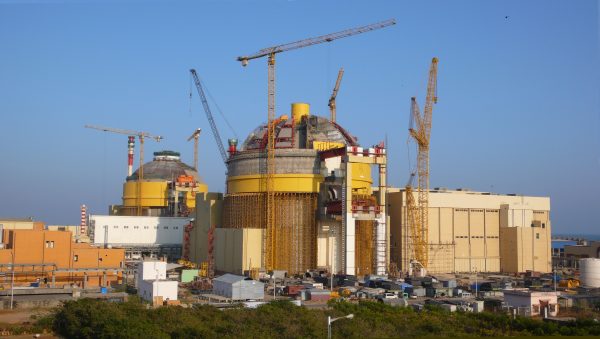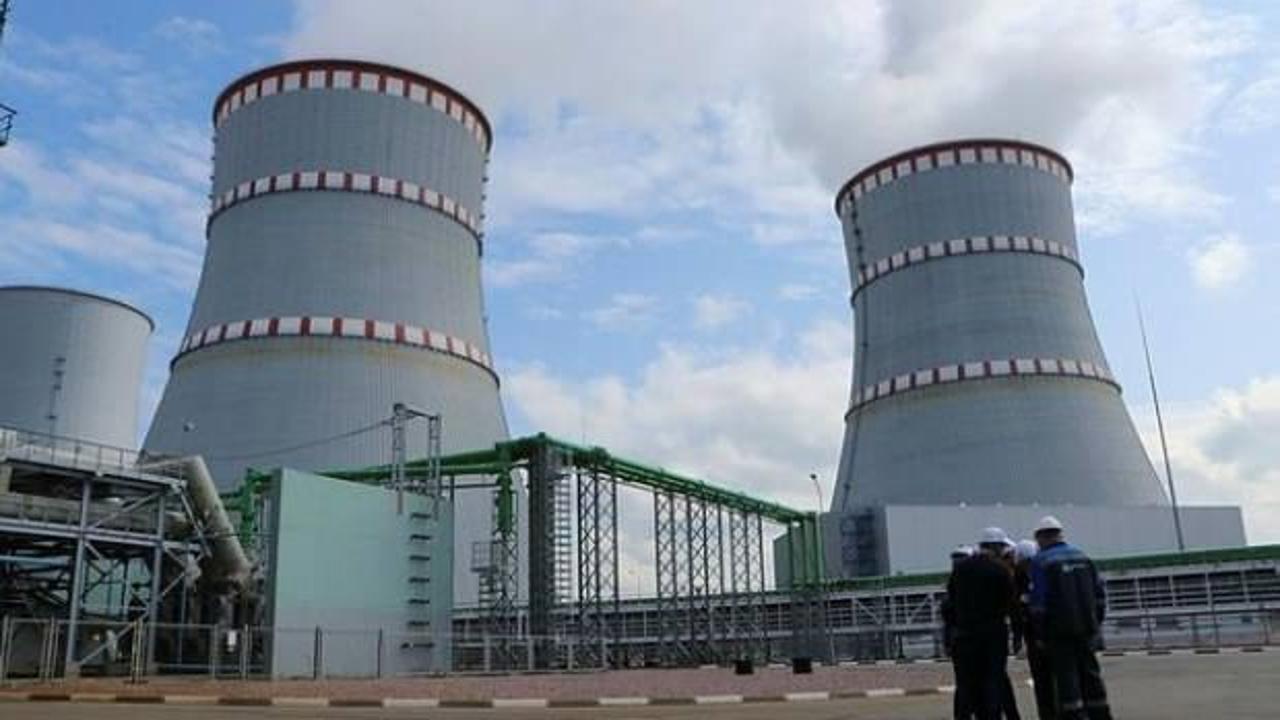Important thing to have in mind is that everything about nuclear reactors (and bombs) ultimately boils down to neutron economy intensity vis-a-vis management.
i.e the production, surplus, deficit and transfer (flux) of neutrons available to materials that are unstable/sensitive to such neutrons w.r.t underlying nuclear forces (generally very large atoms in case of fission).
The main "type" (i.e isotope) of Thorium (Th-232) is fertile (able to absorb a neutron) but not fissile (able to split on impact absorption of neutron) as of itself directly.
i.e it (Thorium) needs an environment of neutron flux/capture so that it can turn into Uranium-233 (which is fissile).
The short lived intermediaries of this process (Th-233 and Pa-233) also produce some energy by beta decay to the final U-233.
The fissile U-233 is what produces the bulk of the energy in its relevant reactor as it physically splits (fissions) at a certain % likelihood when a neutron hits it and is absorbed...producing a huge amount of kinetic energy (previously stored in the nucleus bond forces) by the fissile products which is converted into heat by friction-transfer with rest of the fuel.
Thus you need something to provide the neutrons initially (say U-235 or Plutonium) so that the thorium itself needs to be "bred" into U-233 by introducing it in the vicinity of this flux.
Either by molten salt reactor as you and others mention here (that combines some proportion of fissile uranium salt with the fertile thorium salt) or a more conventional blanket or similar strategy of fertile solid thorium.
The U-233 fission science also needs to be studied and well understood to be harnessed optimally (given far more body of research done w.r.t U-235+neutron and U-238+ neutron i.e plutonium).
So very much just like farm economics, you need to understand the seeding, flux (sunlight in farm case), soil and input management and final harvesting strategy so you can use the land long term productively.
======================================================
BTW: Burn just means "use" (to make electricity) and breed just means "create" (more fuel from earlier fuel input).
In Indian case there is 3 -step program that is currently seeing major progress in step 2 (step 3 is in relative infancy), step 1 is well established and proven (just needs funds for scaling when all steps are ready):
All history, news and updates regarding Indian nuclear program to go here...especially concerning the larger research and development side. A parallel thread in "Strategic forces" section may be created later to handle specific weapons related side of it.

defencehub.live
The PFBR earlier in that thread is the key part of step 2 to produce the U-233 from thorium in India's case. It will likely produce major results this decade (it i supposed to be fully operational at end of this year).
W.r.t step 3, India is researching "AHWR" which is an "all-in one" reactor that will take fissile material along with thorium and breeds u-233 which it also burns in same reactor....in addition to being a U-233 burner (from step 2) solely when needed.
It is undergoing research. It is something like solid equivalent of molten salt reactor....and will be a world first if implemented and proven successful.
It will be large part of step 3 (since it can burn U-233 unlike step 2 PFBR which only breeds it)...unless India makes a dedicated U-233 burner design for it instead. We have to see.
Making such reactors (able to breed and/or burn U-233) is of interest to countries with far more thorium compared to uranium as that would be an underlying economic and autarkic strength (w.r.t changing geopolitical currents etc)
But several other economics in play stymy/slow development and implementation of thorium cycle and nuclear power more generally (and India with developing economy and major fiscal resource pressures/competition/opportunity costs is especially affected by them):
- High capital intensive program (especially for new cycles like Thorium that are unproven at the large scale) and govt budgeting pressure (especially if economy has slowed etc), red tape and private sector scarcity issues for such fields
- Arrival of huge competition price-wise from renewable energy and higher energy efficiency for fossil fuels (you mentioned super critical coal for example) that do not have such long capital+research gestation costs and sinks
- Other costs and fears (land acquisition, water use, fukushima disaster in such a country like Japan with its safety reputation), especially in minds of the laypeople/electorate
Therein lies answer to supercritical coal/fossilfuel (relatively lower capital costs + proven + ready)
vs thorium (opposite of these 3 things but no CO2 involved and gives low import need for base power load of grid after it is proven+ready)
vs say regular (proven) nuclear which is in between these two.
These all have to be balanced and thus have taken toll on nuclear power development worldwide, and especially newer tech chains for it (i.e what is the risk to reward analysis).
But as this article puts it at the end, it must all be balanced and hedged with long term need and capability given the costs of import reliance:
Given, however, rising energy demand in the country, and India’s huge dependency on import of not just oil and gas, but also critical raw materials like lithium, cobalt, and nickel used for the production of solar panels and other renewable technologies, indigenously developed nuclear power plants that are fueled by domestically available thorium reserves remain an important pillar of India’s energy independence. This would, however, require the Indian government to push forth with its nuclear power program by investing in cost-effective technologies, cutting down red tape in processing approvals, streamlining land reforms, and creating special purpose vehicles for the development of nuclear power plants. A competitive domestic nuclear energy sector is key to India’s energy security. It must be developed keeping in mind India’s limited options when it comes to other forms of energy resources and technologies.
The country has an ambitious three-stage nuclear power production plan.
thediplomat.com

 www.dunya.com
www.dunya.com















